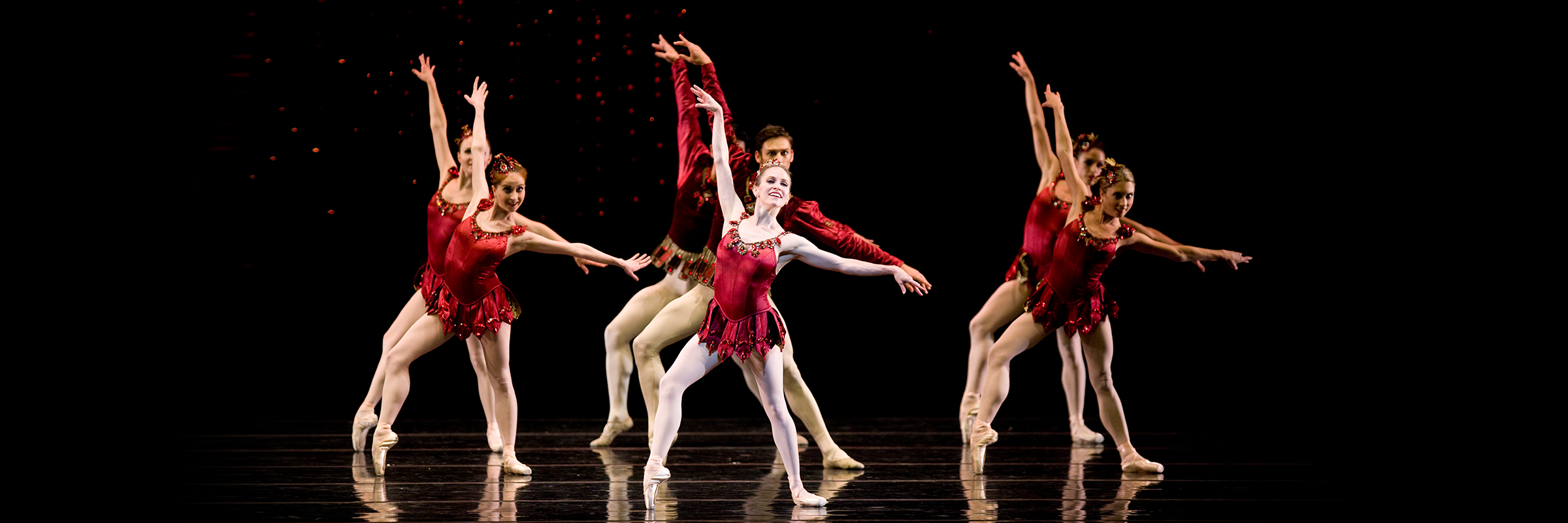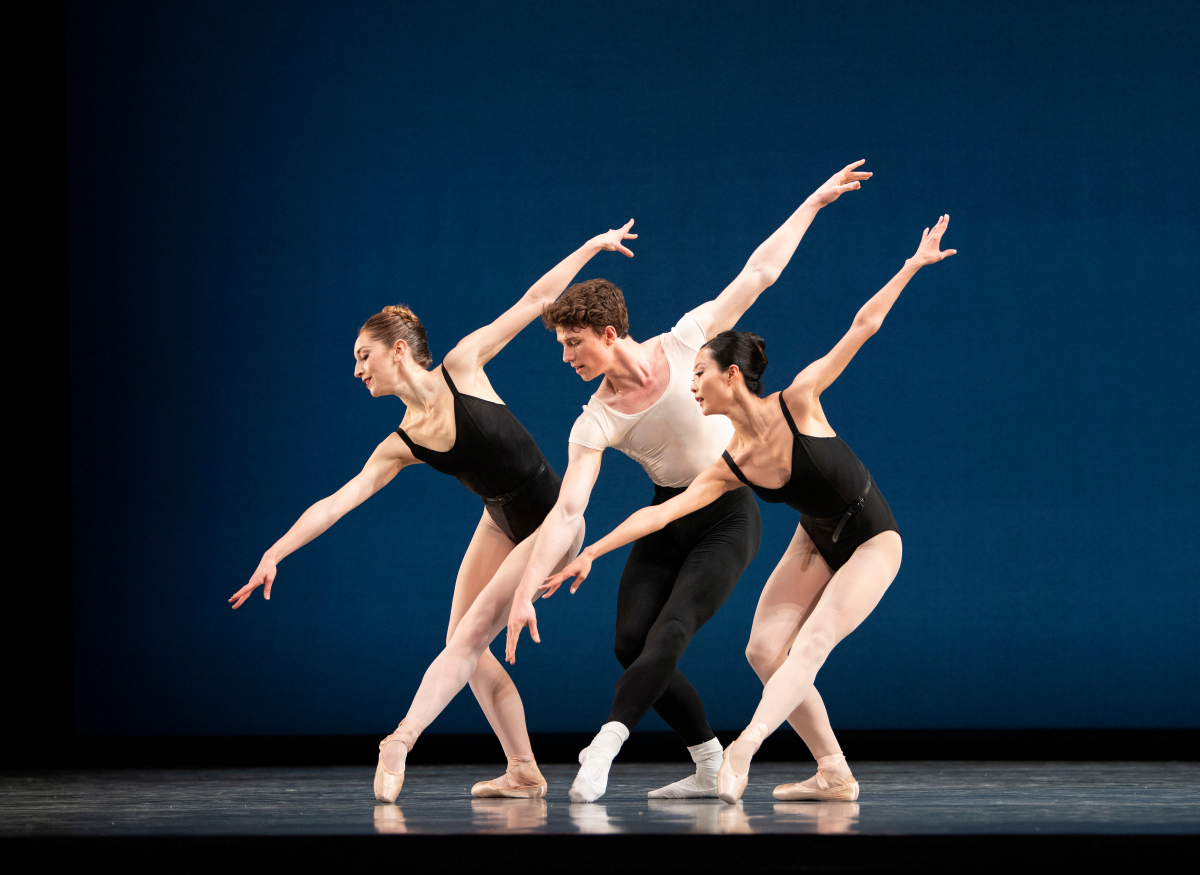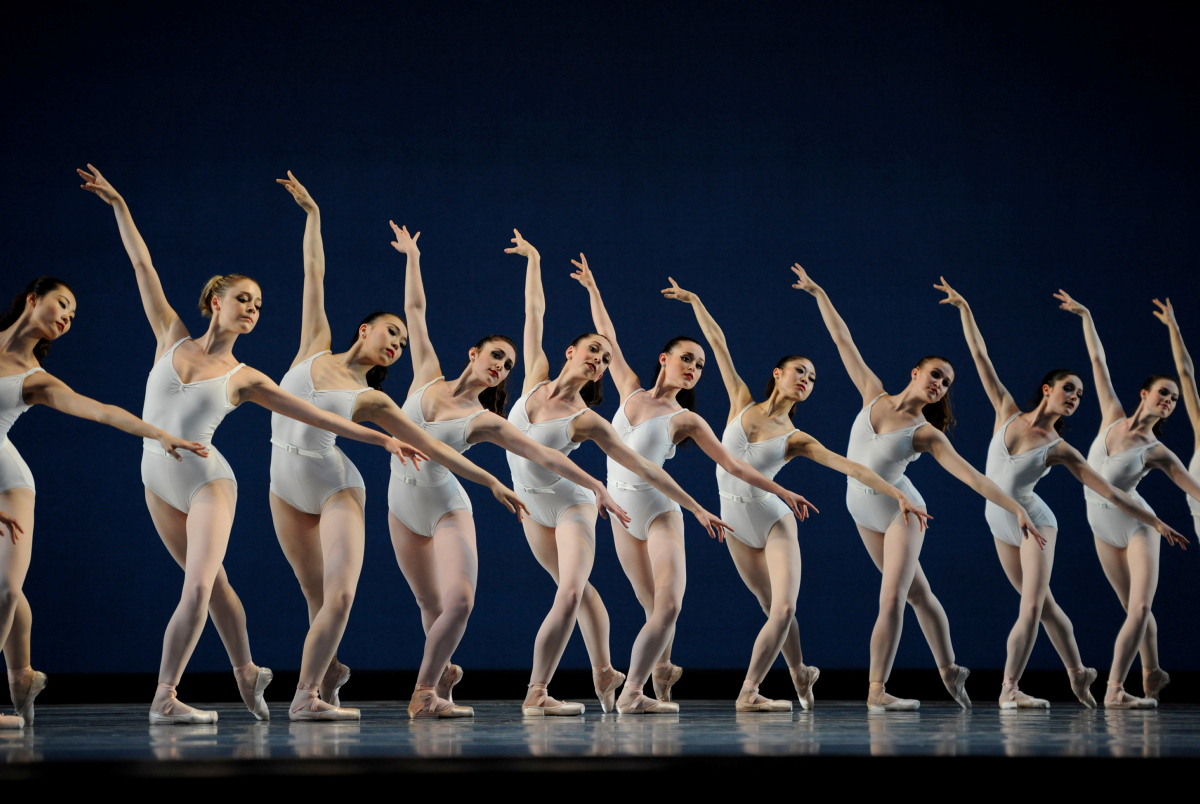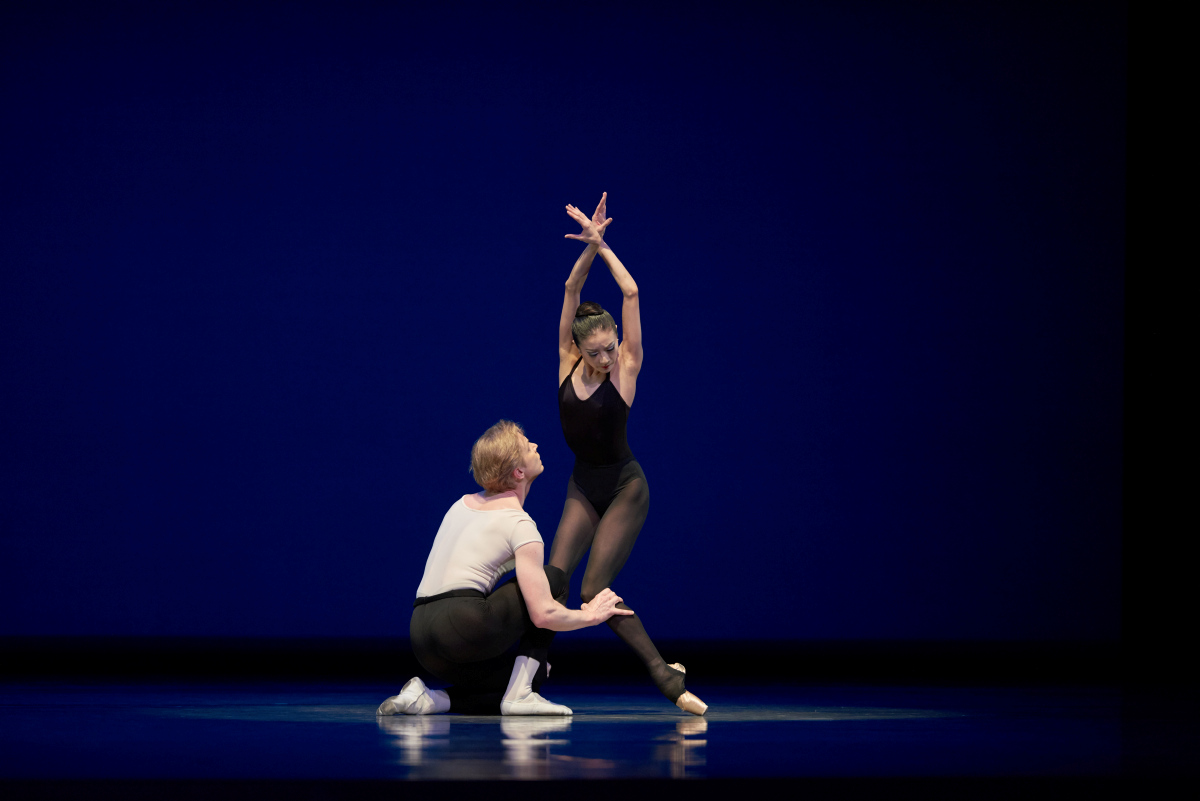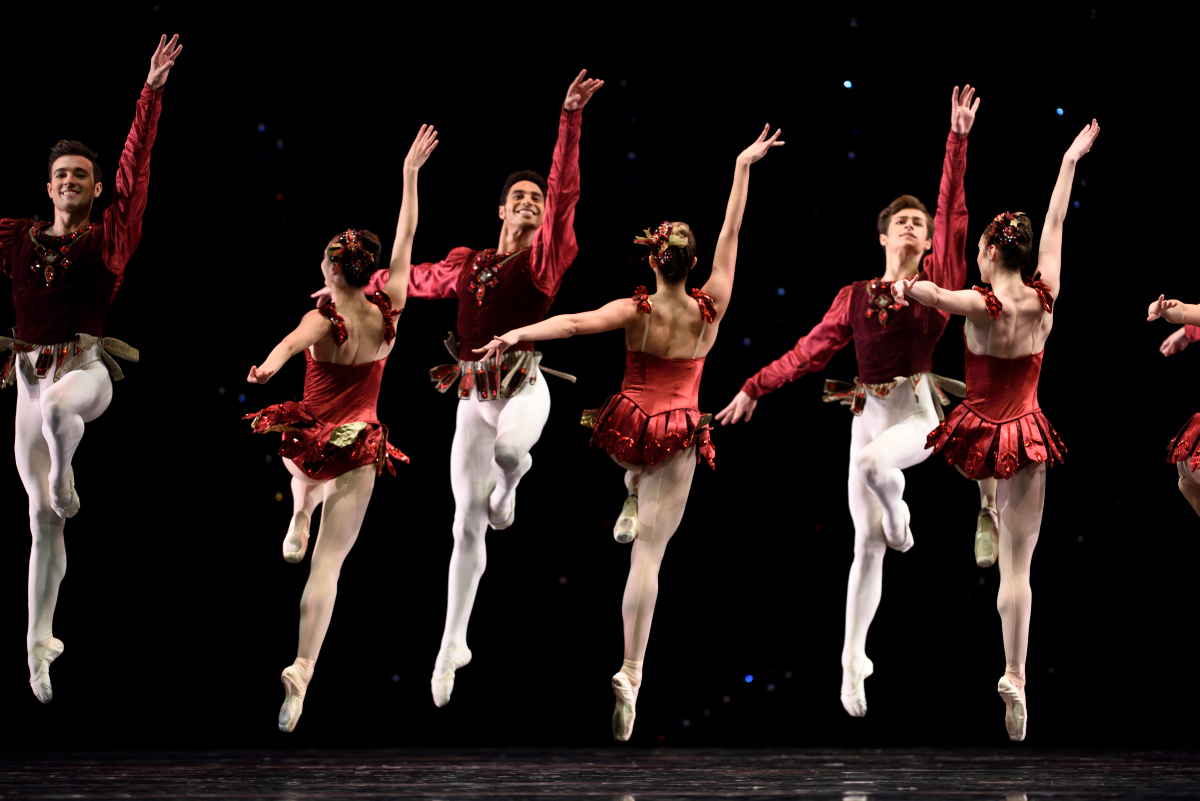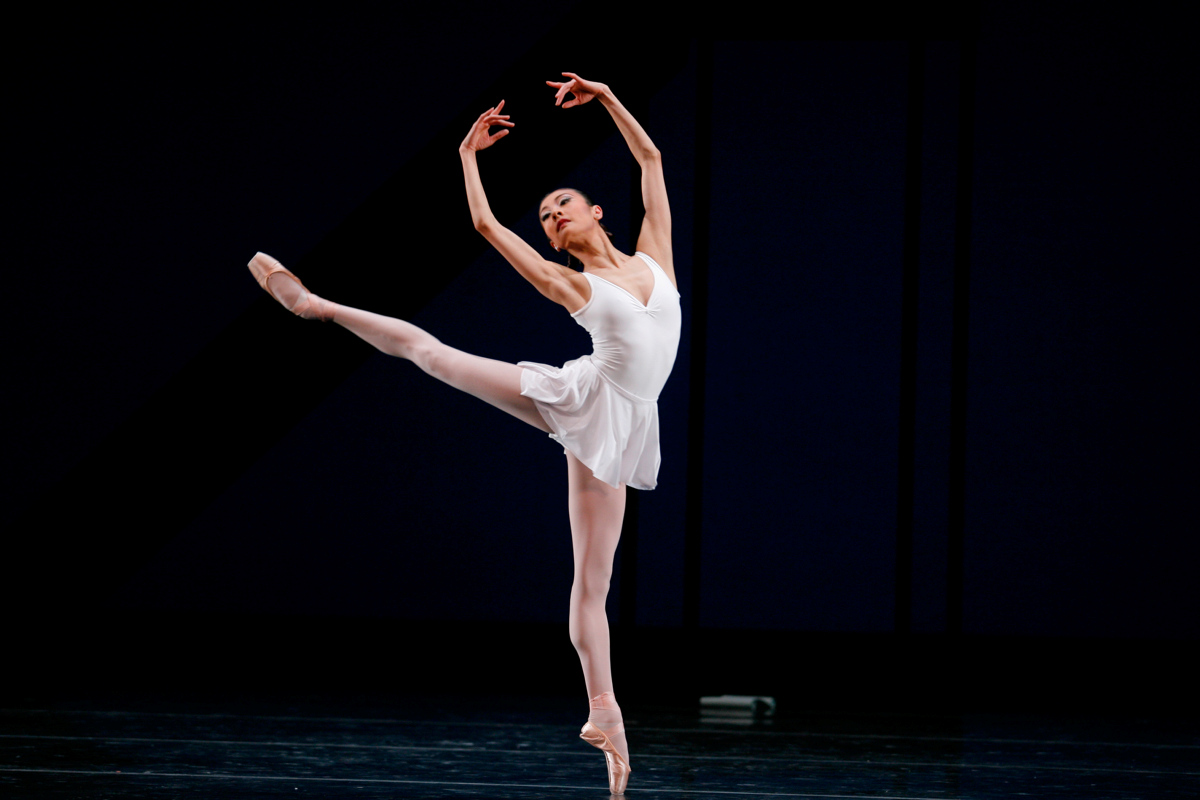Balanchine and Stravinsky: An Innovative Partnership
Two Innovators, Risk Takers, and Masters of their Art Forms
Choreographer George Balanchine and composer Igor Stravinsky were ground-breaking 20th-century artists whose collaboration deeply influenced each of them. Both men were innovators, risk takers, and are widely considered masters of their art forms who works have endured the test of time.
While both men were born in Russia, they did not meet until introduced in France by impresario Sergei Diaghilev, the founder of the Ballets Russes. This introduction sparked a lifelong working relationship that altered the future of ballet. Their first artistic collaboration in 1928 was Apollon Musagete (later renamed Apollo), which Balanchine considered a turning point in his life. Their work together carried over to the United States, where Balanchine co-founded and directed New York City Ballet.
Balanchine’s early musical training at the Petrograd Conservatory of Music allowed him to engage with Stravinsky on a deep level. “So broad was his knowledge that Stravinsky grandly decreed, if one wishes to choreograph successfully, then like Balanchine, one must be a musician first. Balanchine employed his choreography as a conduit through which the message of Stravinsky’s music could be clarified and strengthened,” wrote dance writer Charles M. Joseph.
In 1937, Balanchine staged the first Stravinsky Festival, presented by The American Ballet at the Metropolitan Opera House. For the second Stravinsky Festival, which took place one year after Stravinsky’s death in 1972, Balanchine choreographed an unprecedented eight new ballets set to Stravinsky’s music. In 1982, a year before Balanchine’s death, he directed the Stravinsky Centennial Celebration, where 25 of his ballets—set to music by Stravinsky—were performed by New York City Ballet.
The New York Times notes that Stravinsky’s music drew a variety of responses from Balanchine, ranging from “the cool, bare-bones complexity of their 1957 Agon, set to an original score, to the jazzy playfulness and powerful surge of Balanchine’s 1972 Symphony in Three Movements.”
Stravinsky’s music has been used in more than 30 celebrated works for New York City Ballet’s repertory, including Balanchine’s Firebird, Agon, Stravinsky Violin Concerto, Scherzo à la russe, Duo Concertant, and Rubies, in addition to works by a variety of other choreographers including Jerome Robbins, Christopher Wheeldon, and Justin Peck. These works continue to be performed by ballet companies across the globe, from San Francisco to Moscow.
Stravinsky died in 1971 and Balanchine in 1983, but even posthumously, their legacy continues to thrive, and their works remain as vital and relevant as when they were created.
George Balanchine’s Jewels was part of SF Ballet’s 2021 Digital Season.
Header Image: San Francisco Ballet in Balanchine’s Rubies (Choreography by George Balanchine © The Balanchine Trust; Photo © Erik Tomasson)



